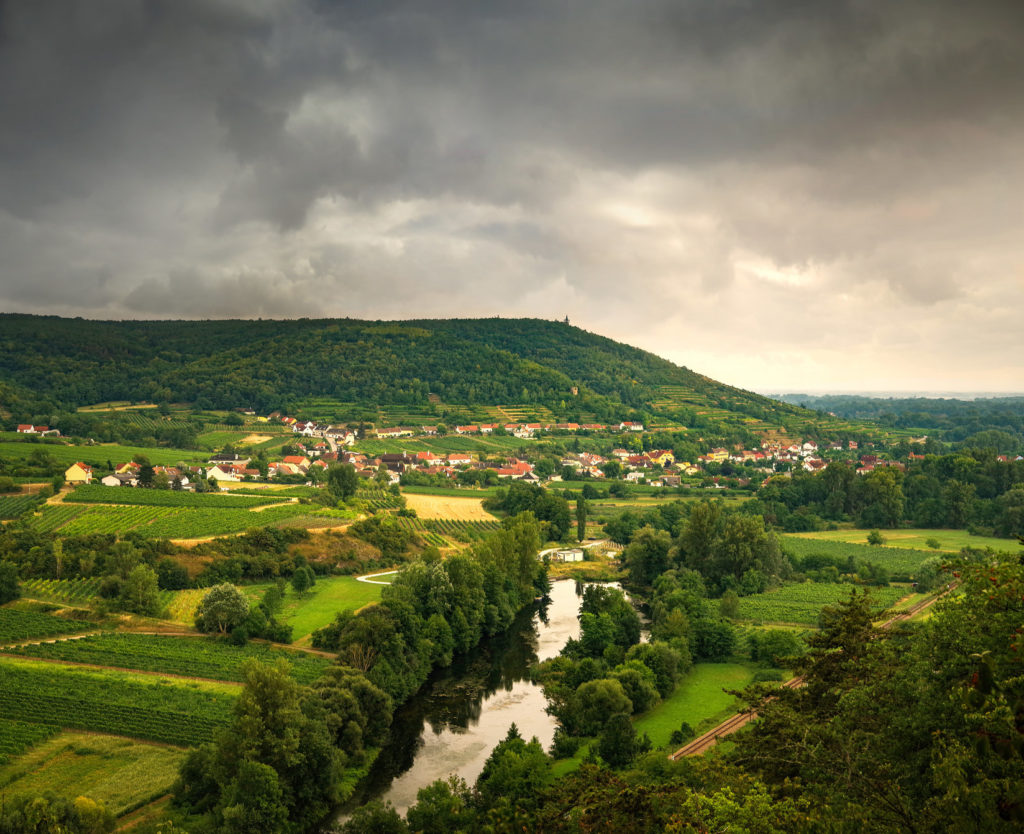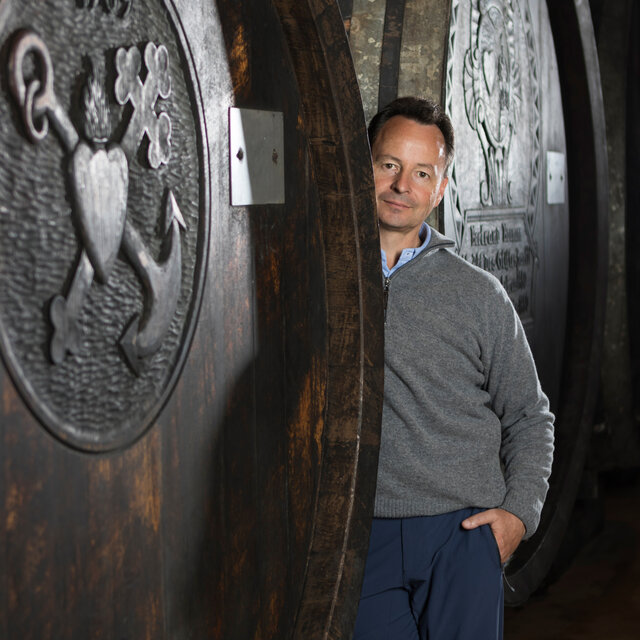

I would like to bring you up to speed on recent developments in Austria’s ever-evolving DAC structure designed to classify and categorise its wines, and to flesh out some observations made in previous Gru Files articles.
So as to best appreciate the more recent developments, let us first take a quick look back at the attitudes within, and the culture of, the Austrian wine industry before the modern DAC structures were introduced. Historically, the vast majority of Austrian vineyards were devoted to ‘field blends’ – the practice of planting several varietals side by side within the one block which would then be picked and processed all together. It wasn’t until the turn of the 20th century that significant numbers of vineyards would become mono-varietal and after World War 2 producers also started printing on the label the name of the village in which the wine was made.
Highlighting the name of the village in which the wine was made was one way of taking advantage of what was already colloquially understood: that different regions had a different signature, that the wines typical of a village at one end of a valley could taste very different to those made by their kin at the other end.
In the 1980s producers of the Wachau realised the benefits to be gained by establishing strict definitions for their wine within a formalised system. In the early 2000s Austria’s Ministry of Agriculture, Regions and Tourism began work on constructing an official ‘appellation’ system which would serve to protect at the federal level a geographically defined regional signature. This was achieved by regulating a number of variables but the primary ones were defining which grape varieties could be used in a specific region and if a finished wine reflected its home – in other words, whether it was typical of the recognised style emblematic of that region.
If a wine was deemed to have met all the conditions set out in the regulations, its producer could promote its prestigious DAC status on the label. This system is similar to France’s Appellation d’Origine Contrôlée (AOC), which also defines what grapes can be used and where they can be grown.
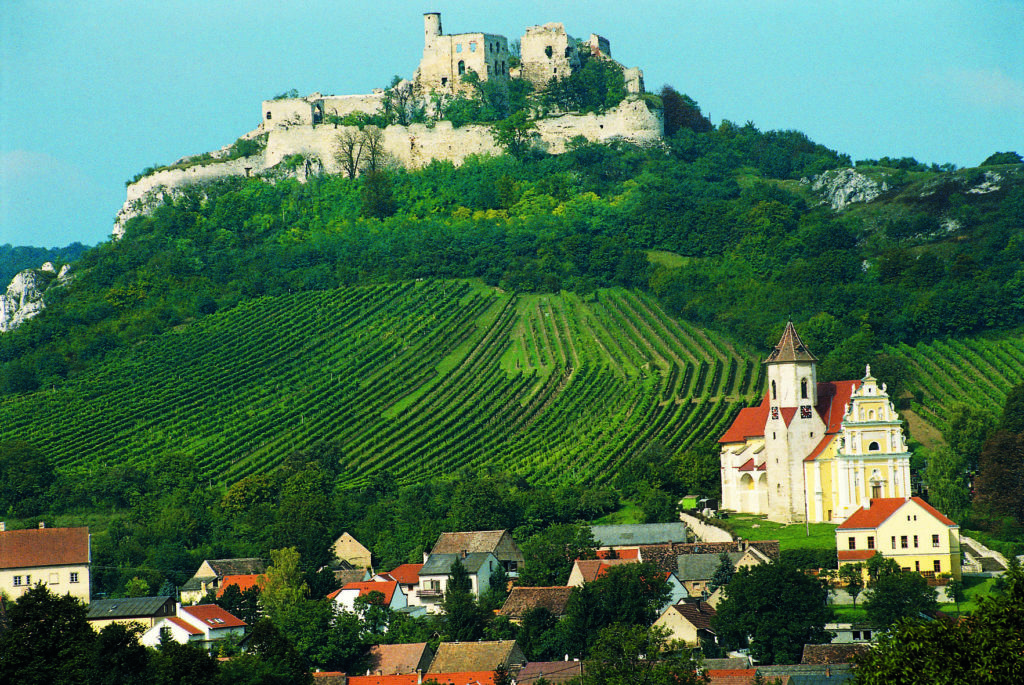
Austria’s Districtus Austriae Controllatus (Controlled Austrian District) or DAC system of classification was designed to identify and regulate the regionally-typical, Qualitätswein (quality standard) wines produced in specifically defined geographical regions. The first wine-producing region to be awarded DAC status was the Weinviertel in 2003 and there are now 15 distinct and varied regions within Austria that have committed themselves to meeting the strict standards negotiated with the industry’s governing body, the Ministry of Agriculture, Regions and Tourism.
Early DAC models broke the regionally typical wines into two distinct categories: either Classic or Reserve. Although the specific requirements varied slightly from region to region, the Classic category would typically represent the fresh, friendly and versatile wines, and the Reserve would embody the region’s richer, riper and fuller-bodied wines.
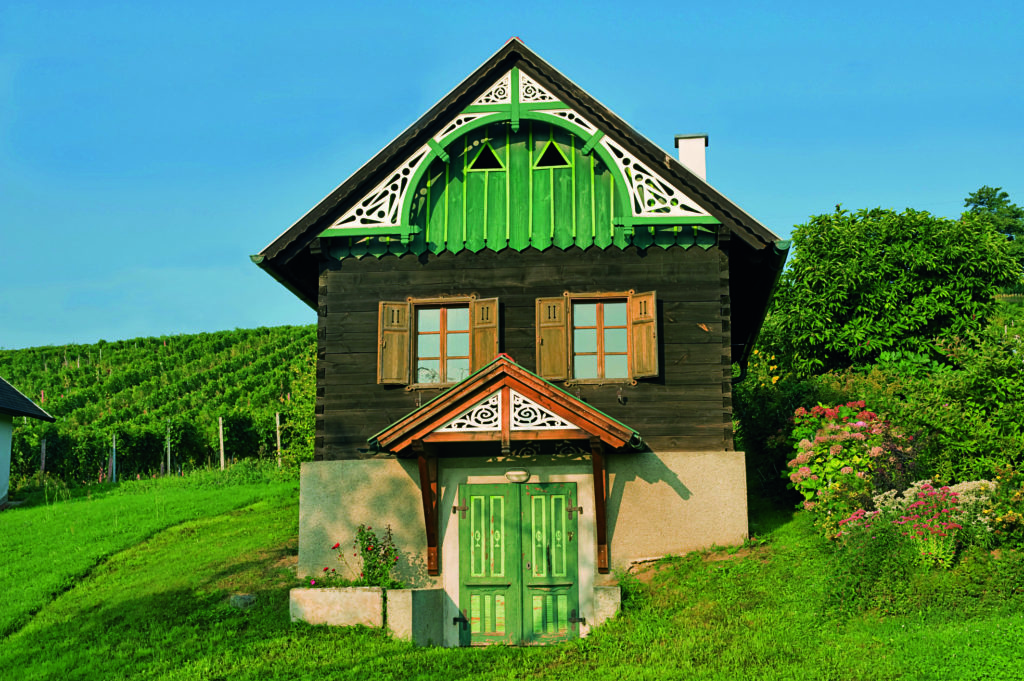
The DAC template is designed to be tweaked and customised to best highlight what makes the premium wines of each participating region special and unique. It is this combination of flexibility coupled with cast-iron rigidity that has seen the now familiar regions of the Weinviertel and Burgenland finally achieve the legitimacy and international acclaim which they deserve. These earlier structures performed well for their signatories and created the foundation for the next evolutionary step on the journey to best showcase what a defined premium location was capable of.
The most recent progression to the DAC system shows a move away from the traditionally embraced Germanic model of classification which classifies a finished wine based on its style, residual sugar, alcohol content and perceived quality, to a system that recognises the intrinsic value of specific sites which are capable of consistent excellence and which can be classified within a three tiered pyramid-like structure.
This seismic shift in priority away from the Germanic system with all its deeply held cultural connections towards a provenance-based appellation system which firmly establishes origin and typicity as its guiding principles, demonstrates Austria’s commitment to a tireless evolution of its wine laws.
The first step to assembling the pyramid is to clearly define the wine-producing region itself; then the varieties that best represent the character and signature style of that place must be identified and used exclusively. Once these factors have been agreed upon, the wines will be labelled according to where in the region the fruit was sourced. If the fruit came from a range of sites within the defined region and was blended together it will form the base of the pyramid and be called ‘Gebietswein’ (regional wine). If the fruit was grown entirely within the boundary of a recognised wine-centric village it will be labelled ‘Ortswein’ (village wine), thus forming the middle strata of the pyramid. The apex of the new structure is reserved for wines that were made using the fruit raised in single vineyards of particular acclaim; this top shelf tier is called ‘Riedenwein’ or single-vineyard wine.
Since its formal inception in 2003, the DAC system has evolved to become more inclusive, further fulfilling its mission of letting each of its new or prospective signatories shine in their own particular way. Examples of this dynamism can be seen in the list of regions which have recently achieved DAC status. In the last three years the regions of Styria and Carnuntum have signed up and even the famously independent producers of the Wachau have now entered the fold.
The state of Styria is located in the south-west of Austria on the border with Slovenia; parts of it can be characterized as a series of ‘wine islands’ atop the peaks which crown the slopes of a chain of extinct volcanoes. This combination of particularly rich soil and a climate influenced by several alpine ranges has created the perfect conditions for growing crystalline whites and piquant rosés.
In 2018 Styria and its three recognised sub-regions famed for their Welschriesling, Sauvignon Blanc, Pinot Blanc and Chardonnay (which they call Morillon) embraced the updated DAC structure and gave it their own twist by mandating firm dates at which their classified wines can be released. The dates set for the release of each style are the result of many generations’ accumulated experience. These traditional dates have been formally recognised as the points from which each wine style has had sufficient time to develop enough to honestly express the region’s signature qualities.
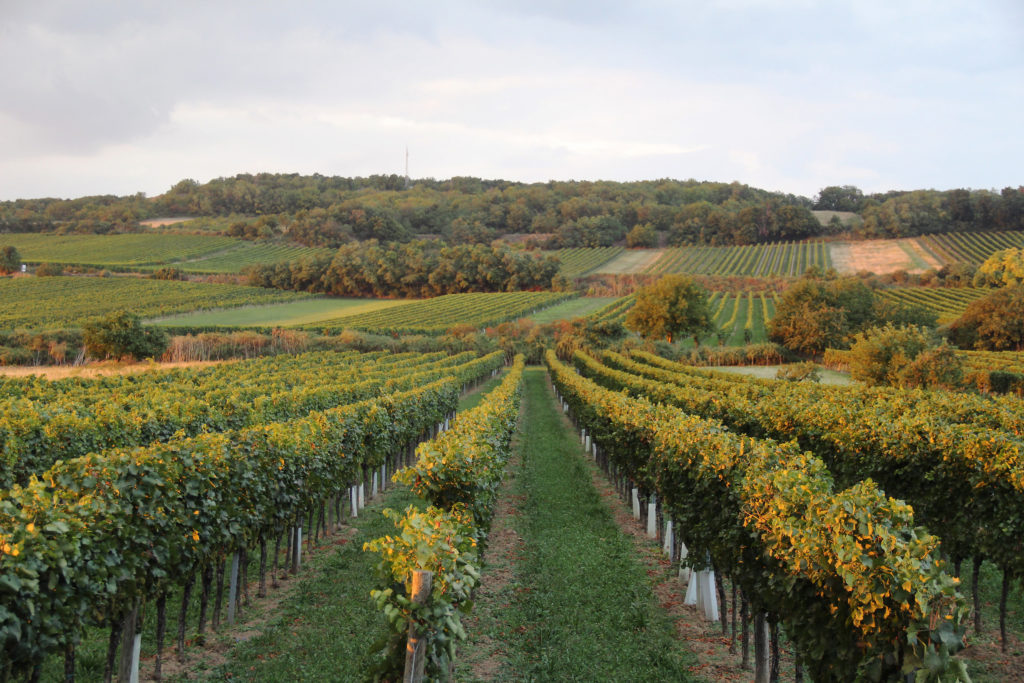
The producers of Carnuntum are by nature a very patient bunch; they saw the benefits their compatriots in the DAC-recognised regions were receiving but were reluctant to sign up just for the sake of it. For more than a decade they carefully and deliberately built up the skeleton of a system that would best reflect their exceptionally varied terroir, culture and regionally typical style. In 2019 the officially defined wine-growing region of Carnuntum was awarded formal DAC status. It takes into account their six distinct geological features which they believe have a profound effect on their wines and contribute significantly to their signature palate, whilst still conforming to the evolving Region, Village, Vineyard classification structure.
Regular readers of this blog will be no strangers to the work of the Vinea Wachau and their seminal Wachau Codex. This document written in the 1980s laid out six rules that defined the region and cemented this already respected area onto the most exclusive wine lists in the world. The region’s winemakers of today recognise the tremendous debt of gratitude they owe their visionary forebears but they also became aware of the limitations of their Codex which was based on the traditional Germanic classification model.
In 2020 the Wachau officially joined the DAC family, customising the modern location-focused template to work alongside and complement their existing Codex with its older-style principles. One charming detail in the new Wachau DAC agreement is that all wines, regardless of tier, must still be harvested entirely by hand. Here we see another case of evolution over revolution and a region’s cultural and historical priorities still being valued.
So far, we have seen a journey of eager early adoption of the DAC system which then facilitates gradual and incremental adjustments; other bodies such as the Vinea Wachau went their own way until the different entities-values and priorities overlapped to the point where teaming up was the obvious and logical next step.
Another valuable initiative that strives to differentiate the ‘Monday night’ wine from the magnificent and the ‘everyday’ from the elite is that spearheaded by the Österreichische Traditionsweingüter (Austrian Traditional Wineries) association (ÖTW). This group, led by Michael Moosbrugger of the iconic Schloss Gobelsburg in the Kamptal, has sought since 1992 to create a hierarchy of Austrian wine inspired by the Cru system made famous by regions such as Burgundy and Bordeaux.
The ÖTW started as a small group of producers along the Danube who shared a common vision: they believed Austria’ss best vineyards should be classified according to their significance, which in this context refers to their consistent reputation for excellence, their historical influence, the site’s economic value and its geological make up. The ÖTW has spent almost three decades exhaustively exploring the geology of high-profile single sites, examining varietal selection and conducting vertical tastings – all in an effort to identify and rank consistently over-achieving single vineyards in order to establish an Erste Lagen or ‘First Location’ labelling system.
This system of specific site acknowledgment and stratification is, as I mentioned previously, strongly influenced by the French ‘Cru’ platform. Parallels can be drawn between the Erste Lagen and the Premier Cru tier; the top step of Grand Cru and the association’s ambitions of a ‘Grosse Lagen’ class for the very finest sites, is still under construction.
The ÖTW hopes in time to persuade the Austrian Wine Marketing Board to enshrine their classification into law and while this still may be some time away given the amount of work involved, there are already examples of over-lapping philosophies being officially adopted. The Austrian Wine Marketing Board allows the ‘Ried’ designation to highlight if a wine is from a single, culturally significant named vineyard. (Further information on the history and implementation of the Ried system can be found in my Gru Files article titled ‘The revered fruits of Altenberg’ published on April 22 of this year.)
With these changes we once again see a further evolution and while there are a number of shared values between the official DAC program and those of the ÖTW , the two bodies are yet to consummate a formal agreement. It is my belief that the ongoing process of incremental change and development of the two systems will eventually lead to a harmonizing of visions.
While the producers of Austria are proud and delighted that the varieties so dear to them are now also breaking hearts in many other parts of the world, they also recognise the need for cementing the connection between their indigenous varieties and the significant vineyards that have traditionally grown them. The Austrians have chosen a path that cycles through systemic assessment – flexible adaptation, disciplined implementation and regular revision – and it is this commitment to constant improvement through considered evolution that is proving to be a winning formula for their wine industry.
